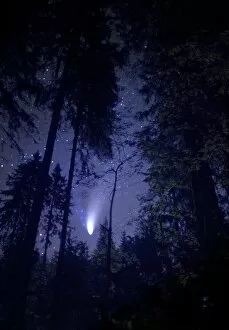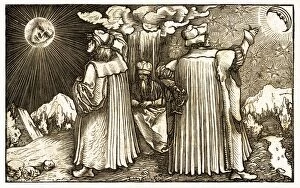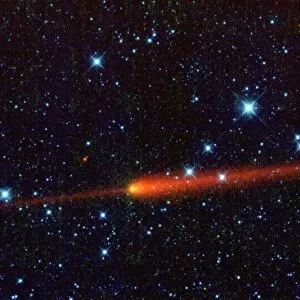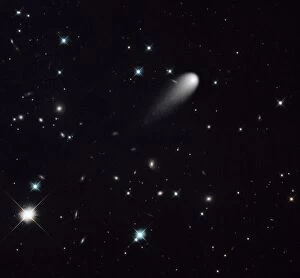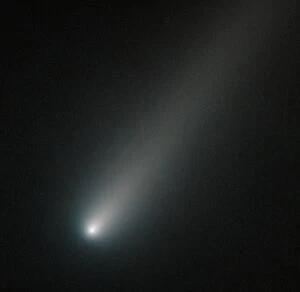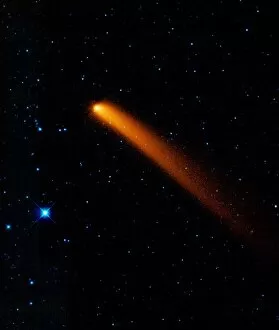Astronomical Body Collection
"Exploring the Mysteries of Astronomical Bodies: From Ancient Astrology to Modern Discoveries" In the depths of a black sky, a full moon shines brightly
All Professionally Made to Order for Quick Shipping
"Exploring the Mysteries of Astronomical Bodies: From Ancient Astrology to Modern Discoveries" In the depths of a black sky, a full moon shines brightly, captivating our gaze and stirring our curiosity. Since ancient times, humans have been fascinated by celestial bodies and their enigmatic nature. In the 16th century, Sun and Moon astrology held sway over people's beliefs, guiding their lives based on these astronomical entities. Fast forward to modern times, where technological advancements allow us to delve deeper into space exploration. An infrared image reveals Comet 65P-Gunn in all its ethereal glory - a magnificent display of cosmic beauty that leaves us awestruck. And who can forget the breathtaking sight of Comet ISON in April 2013? Captured through various lenses (C015 / 9817), (C015 / 9816), (C018 / 0743), and (C018 / 0742) - each frame tells a unique story about this celestial wanderer as it graced our skies. But comets are not the only wonders we encounter in our cosmic journey. The infrared image of Comet Siding Spring reminds us that there is still so much left to explore beyond what meets the eye. The moon stands tall alongside a distant star, reminding us of its constant presence throughout history - an ever-watchful companion illuminating our nights. Let's also remember one of history's most iconic comets - Hale-Bopp in 1997. Its majestic appearance captured hearts worldwide as it traversed through space with grace and elegance; images like C011/1168 etch themselves into memory forever. As we continue unraveling the secrets hidden within these astronomical bodies, let us marvel at how far humanity has come in understanding them while acknowledging how much more lies ahead for future generations to discover.

